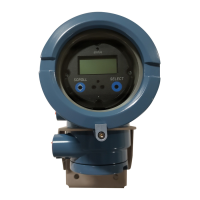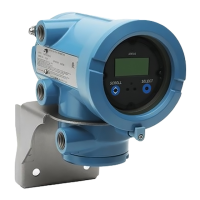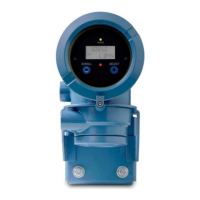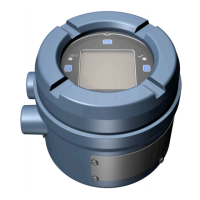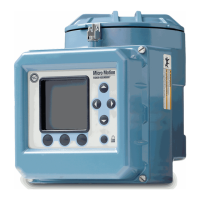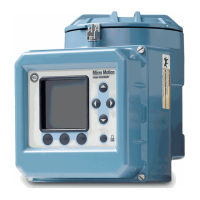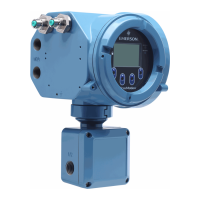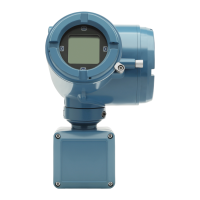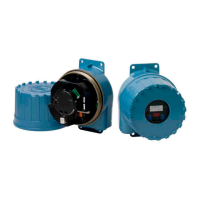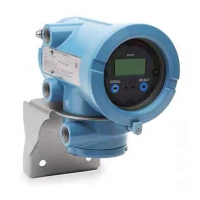148 Micro Motion Series 1000 and Series 2000 Transmitters
Troubleshooting
If slug flow occurs:
• Check process for cavitation, flashing, or leaks.
• Change the sensor orientation.
• Monitor density.
• If desired, enter new slug flow limits (see Section 8.12).
• If desired, increase slug duration (see Section 8.12).
12.18 Checking output saturation
If an output variable exceeds the upper range limit or goes below the lower range limit, the
applications platform produces an output saturation alarm. The alarm can mean:
• The output variable is outside appropriate limits for the process.
• The unit of flow needs to be changed.
• Sensor flow tubes are not filled with process fluid.
• Sensor flow tubes are plugged.
If an output saturation alarm occurs:
• Bring flow rate within sensor limit.
• Check the measurement unit. You may be able to use a smaller or larger unit.
• Check the sensor:
- Ensure that flow tubes are full.
- Purge flow tubes.
• For the mA outputs, change the mA URV and LRV (see Section ).
• For the frequency output, change the scaling (see Section 6.6).
12.19 Setting the Loop Current Mode parameter
Depending on the setting of the Loop Current Mode parameter, the primary mA output may be fixed
at 4 mA. In this situation:
• The primary mA output will not report process variable data.
• The primary mA output will not indicate fault conditions.
12.20 Checking the flow measurement unit
Using an incorrect flow measurement unit can cause the transmitter to produce unexpected output
levels, with unpredictable effects on the process. Make sure that the configured flow measurement
unit is correct. Check the abbreviations; for example, g/min represents grams per minute, not gallons
per minute. See Section 6.4.
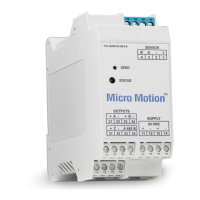
